In the grand tapestry of nature, animals have woven some truly astonishing threads. From the depths of the ocean to the heights of the sky, these creatures have crafted adaptations that are as dazzling as they are practical. Get ready to dive into an animal kingdom tour that will leave you in awe of evolution’s artistic flair. Buckle up, because these adaptations are not your average survival tactics—they’re nature’s most mind-bending tricks. Let’s embark on this wild journey together and discover the unexpectedly sophisticated ways animals thrive.
1. Octopus’ Disappearing Act
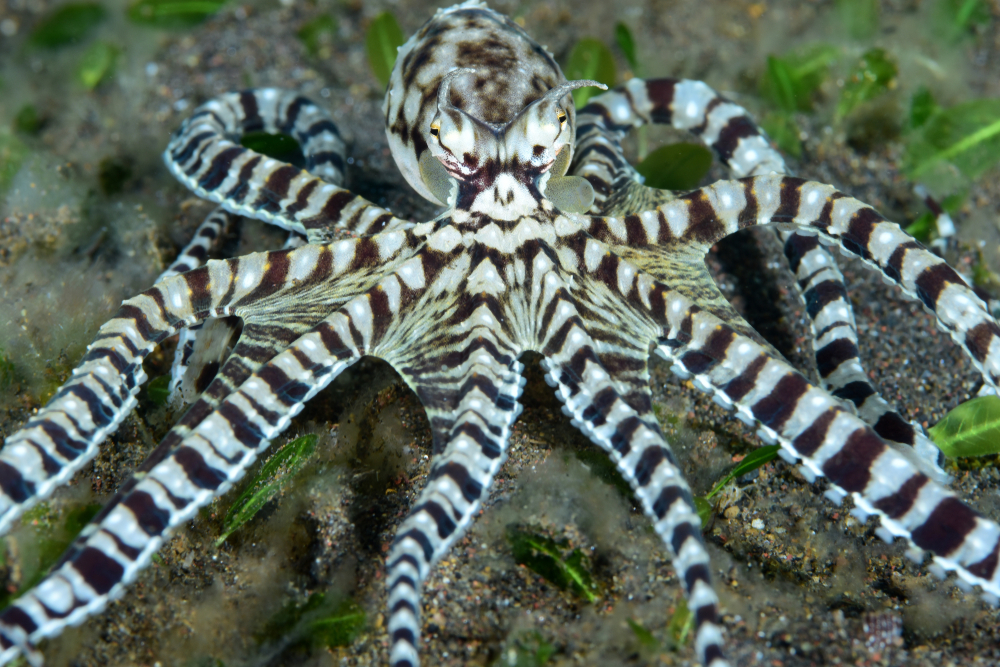
Meet the ultimate magician of the sea: the octopus. This crafty cephalopod can change both color and texture to blend seamlessly into its surroundings, confounding predators and prey alike. But here’s the kicker—it does this without a mirror. The octopus’s skin is packed with cells called chromatophores that can expand or contract to switch colors faster than a fashionista changes outfits. Add to that their ability to mimic textures like coral or rocks, and you’re looking at a creature that could put any quick-change artist to shame.
2. The Tardigrade’s Superhero Cloak

Tardigrades, or water bears, aren’t your everyday microscopic creature. These tiny, pudgy critters can survive extreme temperatures, radiation, and even the vacuum of space. How? By turning into a tun—an almost indestructible form where they shed nearly all the water in their body and tuck in for a potentially decades-long nap. This transformation allows them to endure conditions that would obliterate most other life forms. Imagine taking a nap so powerful that you wake up in the next era, fresh as a daisy. Tardigrades are living proof of survival chic.
3. The Immortal Jellyfish
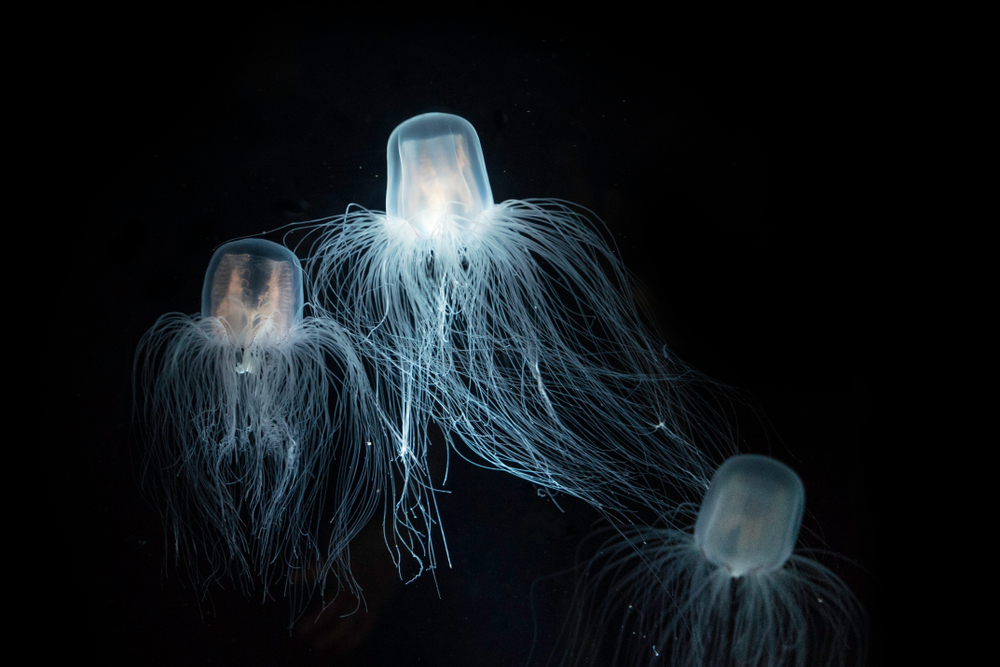
Talk about reinventing oneself—this jellyfish takes it to the next level. The Turritopsis dohrnii, often dubbed the “immortal jellyfish,” can revert its cells back to their earliest form, effectively starting its life cycle anew. This cellular reset means that, theoretically, it could live indefinitely barring predators or mishaps. It’s like hitting a biological reset button, allowing the jellyfish to avoid the usual fate of the aging process. In a world where aging is a way of life, this jellyfish has found the ultimate fountain of youth.
4. The Bombardier Beetle’s Fire Defense

When danger calls, the bombardier beetle doesn’t run—it fires back. This insect has a unique defense mechanism that involves shooting a boiling hot, noxious chemical spray from its rear end. The beetle mixes two chemicals stored in its abdomen, creating a reaction that explodes out as a deterrent against predators. It’s nature’s own version of a chemical weapon, and it’s impressively precise. The bombardier beetle reminds us that sometimes the best defense truly is a good offense, especially when it comes with a fiery twist.
5. The African Lungfish’s Survival Slumber
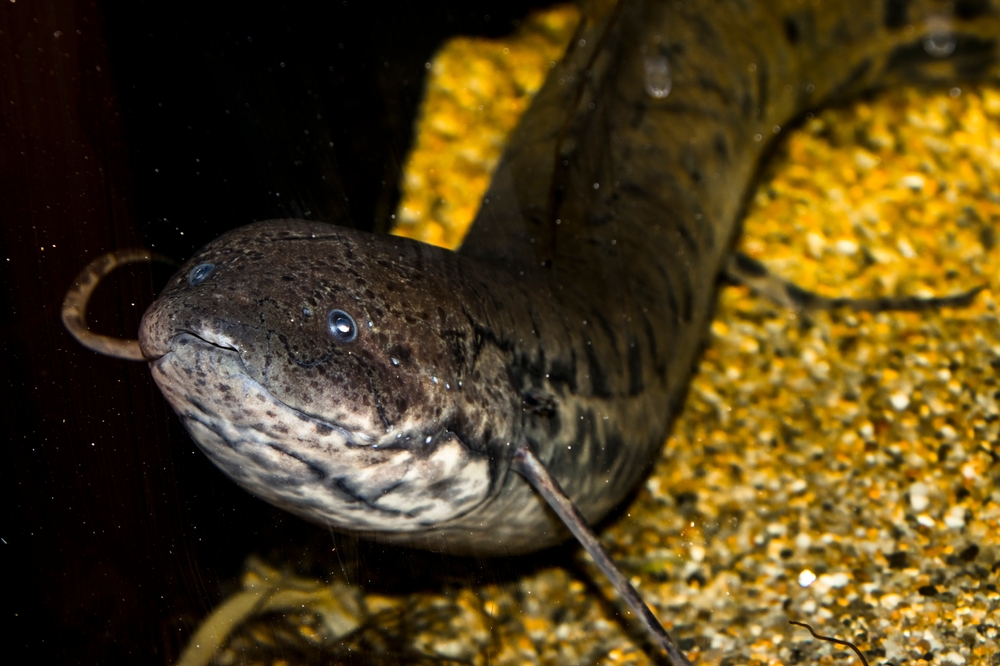
The African lungfish takes survival mode to an extraordinary level. During droughts, when water bodies disappear, this fish burrows into the mud and secretes a mucous cocoon around itself, entering a state of estivation. It can remain in this suspended animation for up to four years, breathing through a lung-like organ. Once the rains return, it reanimates and splashes back into action. This ability to pause life is not just a survival tactic, but a masterclass in patience and resilience, waiting for the right conditions to shine.
6. The Lyrebird’s Mimicry Symphony
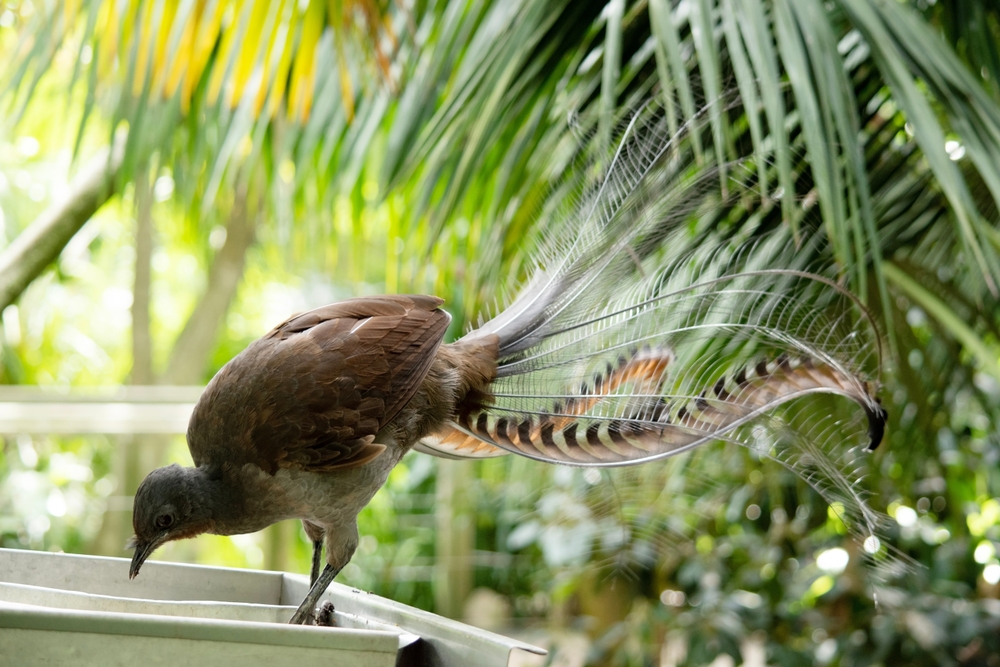
Australia’s lyrebird is nature’s unrivaled impersonator, capable of mimicking the calls of other birds and even the sounds of chainsaws, cameras, and car alarms. This avian virtuoso uses its extensive repertoire to attract mates and ward off rivals, showcasing an acoustic adaptability that’s as impressive as it is entertaining. It’s like having a live DJ in the forest, spinning the greatest hits of the natural and human world alike. The lyrebird proves that sound, when wielded with finesse, is an art form as powerful as any visual display.
7. The Opossum’s Ultimate Playing Dead

When faced with danger, the opossum takes the art of playing dead to Oscar-worthy heights. This marsupial doesn’t just lie still—it enters a catatonic state, drooling and emitting a foul odor to convincingly mimic a corpse. This dramatic performance is an involuntary response, triggered by extreme fear, and can last for up to several hours. Predators, preferring live prey, often pass by, leaving the opossum to miraculously ‘resurrect’ once the coast is clear. It’s survival through sheer theatrics, where playing dead becomes the ultimate comeback strategy.
8. The Shrimp That Packs a Punch
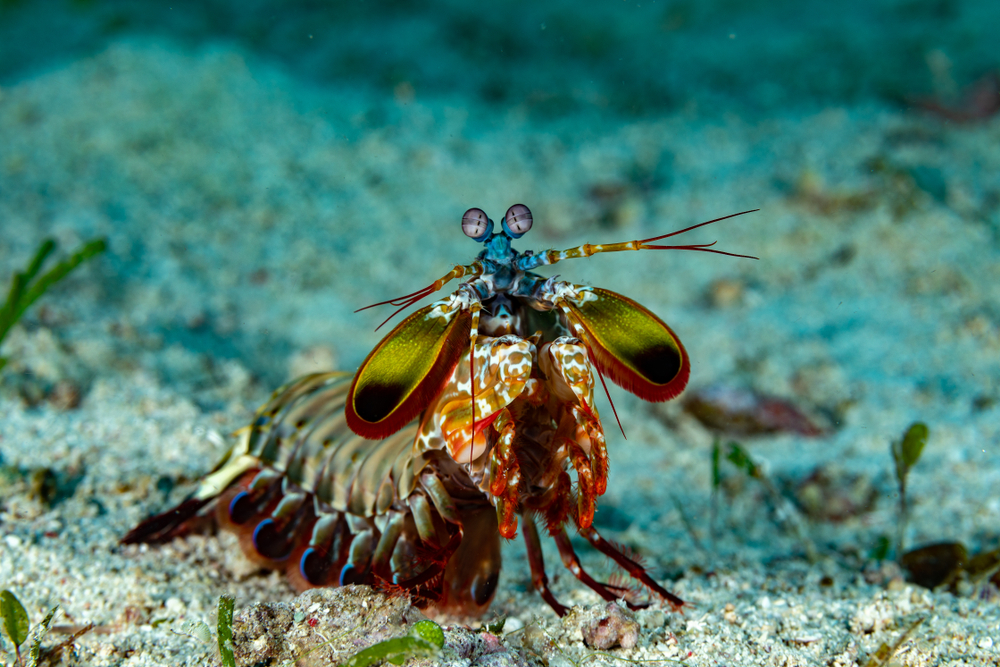
The mantis shrimp is a tiny powerhouse with a punch that rivals a bullet. Equipped with club-like appendages, it can strike with such speed and force that it generates bubbles boiling with heat as a byproduct, capable of stunning or even killing prey. This underwater pugilist can break through aquarium glass and crack open shellfish with ease, all while seeing the world in a spectrum of colors invisible to humans. The mantis shrimp isn’t just a fighter; it’s a marvel of speed and sensory perception, wrapped in a colorful package.
9. The Gecko’s Gravity-Defying Grip
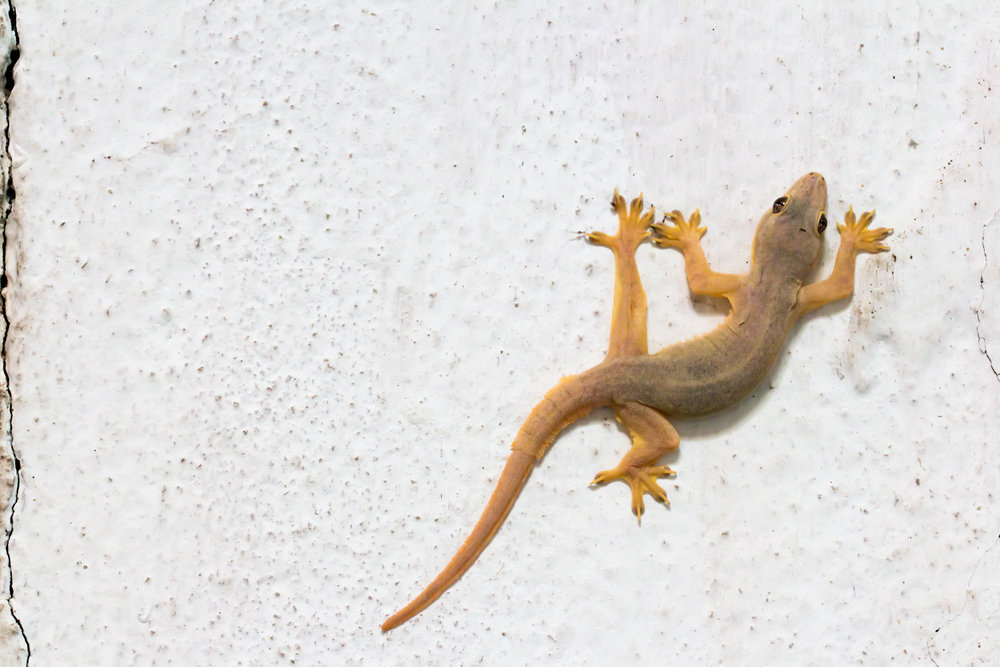
Geckos possess a sticky secret that lets them run up walls and across ceilings with ease. Their feet are covered in millions of tiny hairs called setae, which create a van der Waals force with surfaces, giving them their gravity-defying grip. This natural adhesive technology has inspired scientists to develop new materials with similar properties. Geckos redefine what it means to have a “foothold,” proving that with the right adaptation, the sky—or at least the ceiling—is the limit.
10. The Wood Frog’s Frozen Hibernation
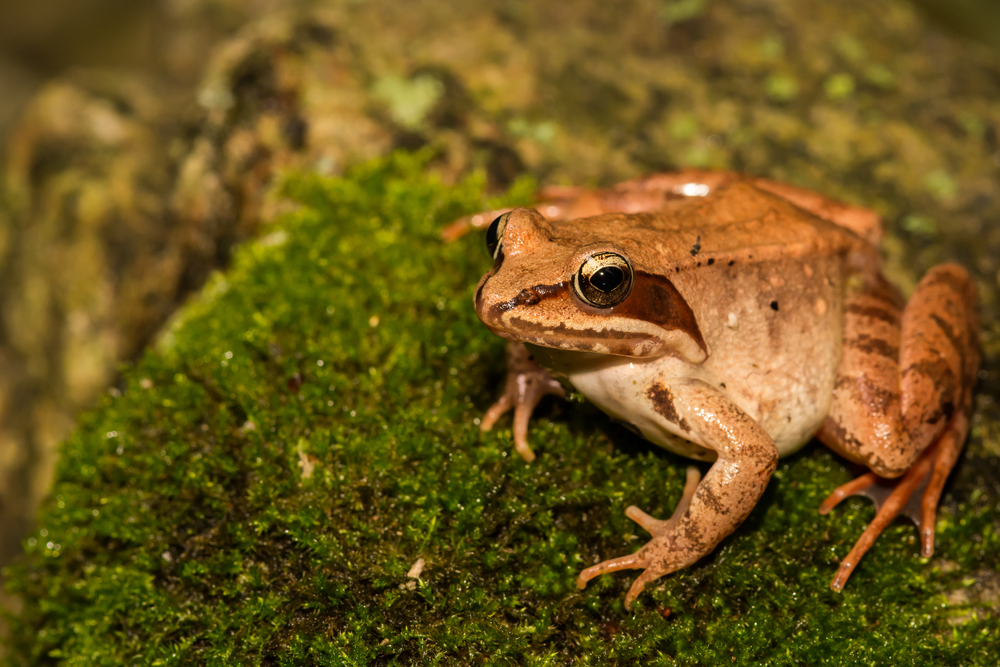
Imagine being able to freeze solid and then thaw out with the arrival of spring, good as new. That’s life for the wood frog, which survives the harsh winters by halting its heartbeat and breathing, letting up to 70% of its body water turn to ice. Its secret lies in a natural antifreeze made of glucose and urea that prevents ice crystals from forming in its cells. This frosty feat allows the wood frog to outlast freezing temperatures, emerging with the thaw to sing its springtime serenade once more.
11. The Arctic Fox’s Color-Changing Coat
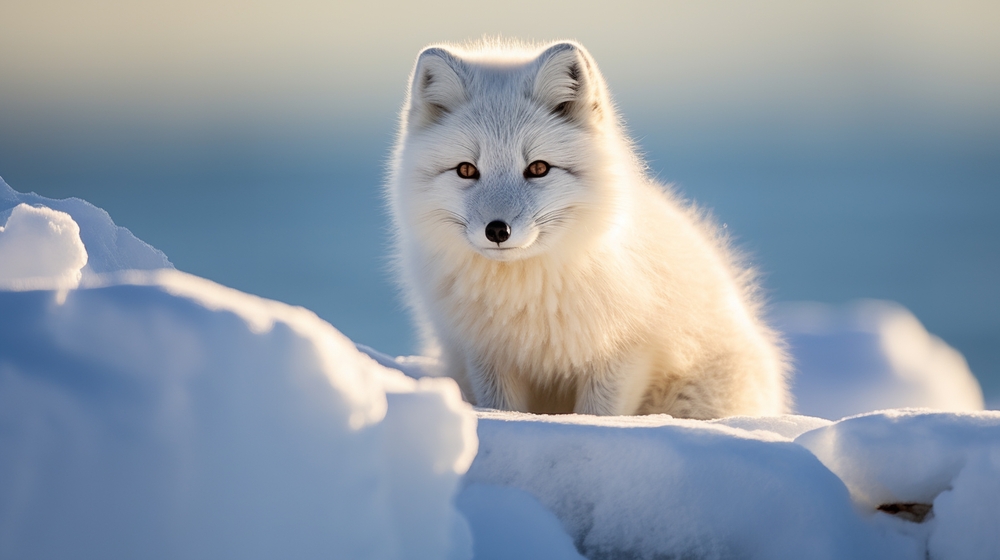
In the world of fashion, the Arctic fox holds its own with a wardrobe that changes with the seasons. Sporting a thick white coat in winter for camouflage in the snow, it shifts to a brown or grey ensemble come summer, blending in with the tundra landscape. This adaptive wardrobe not only keeps it stylishly concealed from predators and prey alike but also offers optimal insulation against the polar chill. The Arctic fox proves that sometimes, looking good and staying warm go hand in hand.
12. The Snake’s Jaw-Dropping Flexibility
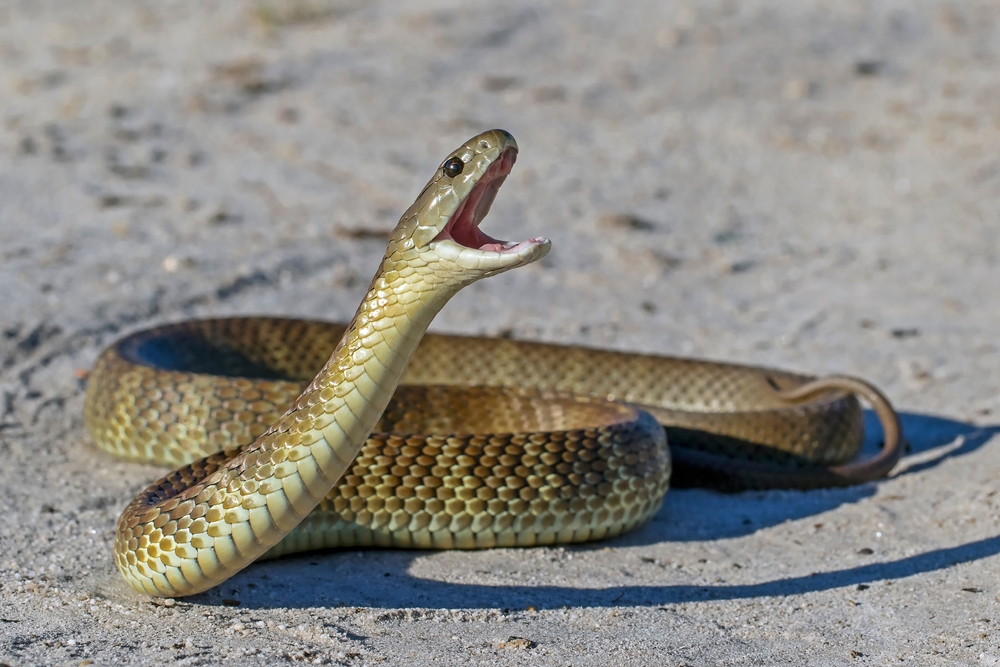
Snakes have mastered the art of eating big by employing a jaw that unhinges to swallow prey several times their size. Their jaws are not truly dislocated; instead, they have highly flexible ligaments that stretch to accommodate meals larger than their head. This extraordinary adaptability allows them to tackle a wide range of prey, ensuring they rarely go hungry. With such a versatile dining strategy, snakes illustrate that sometimes, success means expanding one’s horizons—or, in this case, one’s jaw.
13. The Electric Eel’s Shocking Ability
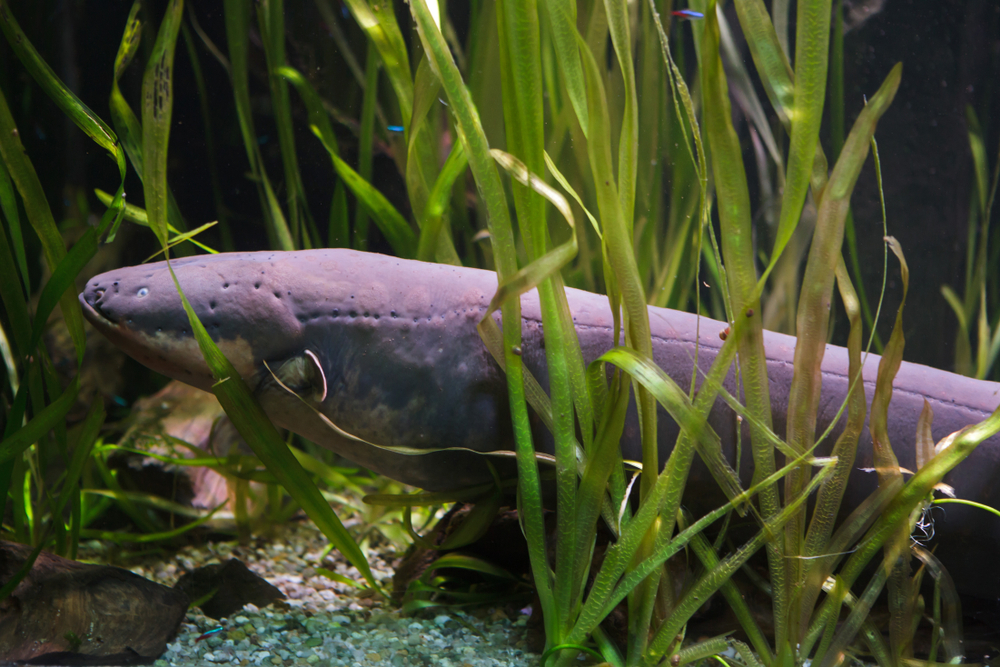
The electric eel is a master of electricity, generating voltage strong enough to stun prey or deter predators. Specialized cells called electrocytes work like tiny batteries, discharging simultaneously to produce a powerful electric shock. This natural electrocution ability allows the eel to navigate, hunt, and protect itself in the murky waters it calls home. The electric eel adds a jolt of excitement to the underwater world, showcasing a unique adaptation that’s as electrifying as it is effective.
14. The Chameleon’s Color-Changing Communication
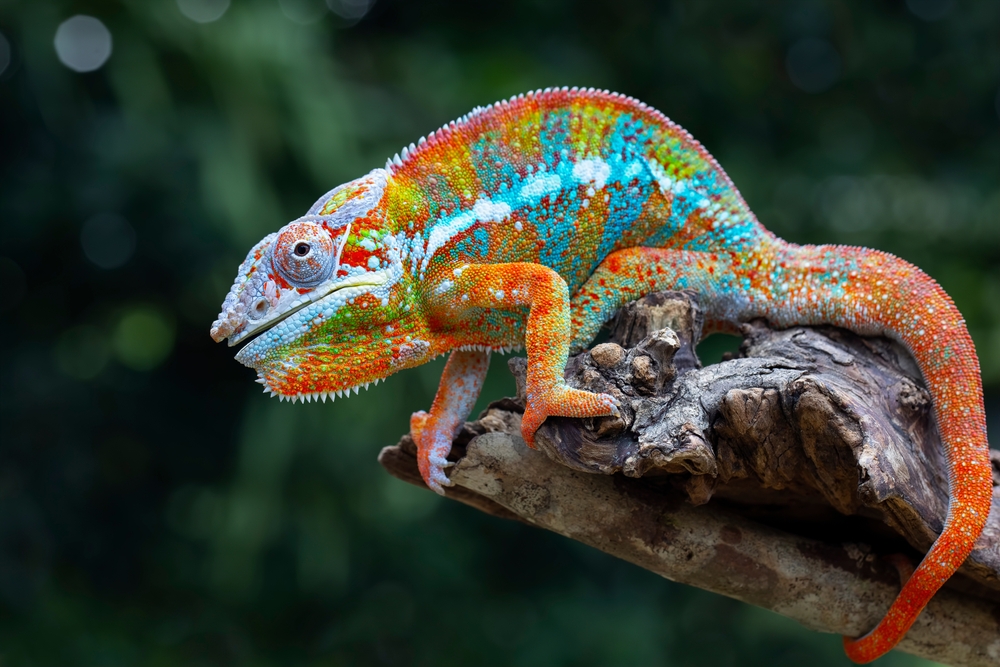
Chameleons are often thought to change color simply for camouflage, but their vibrant displays are also a form of communication. By altering the spacing of special cells called chromatophores in their skin, they can showcase a stunning palette of colors to signal mood, territory, or readiness to mate. This colorful language demonstrates the chameleon’s sophisticated social skills, where color becomes a tool for interaction. In the world of chameleons, communication is an art expressed through a dazzling array of hues.
